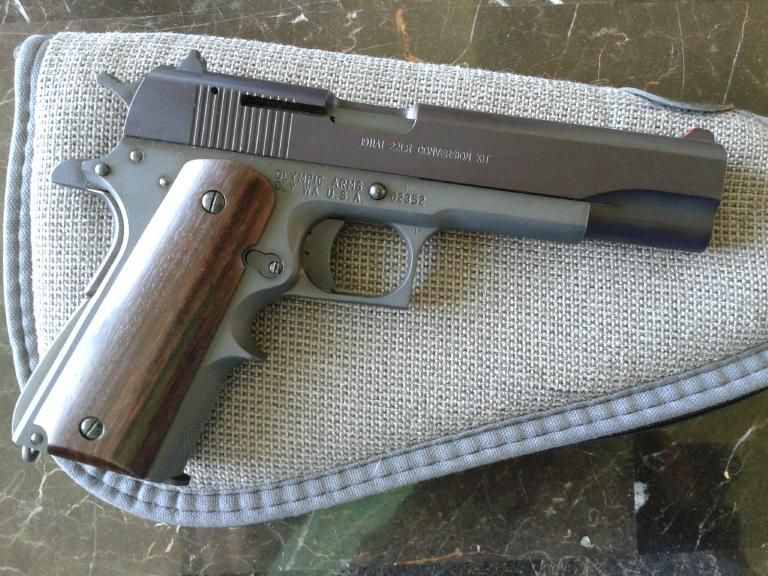simonrichter
New member
I recently presented myself with a .22lr conversion kit for my G17. I used to have a Ciener, years ago, which was a simple blowback design. Now I have a Uhl system, made in Germany, and very expensive. I haven't tried it out by now, but it did strike me on the first glance that it features kind of a recoil booster. The barrel has a small hole drilled directly behind the chamber that connects with a coaxial second bore. On the breech, there is a piston that fits into the bore, so when shot, the escaping gases will drive the piston back and thus boost the backward movement of the slide.
Since normally you would want to minimize the recoil in a .22lr in order to provide for an easy-to-manipulate spring strength and a lower slide mass, I don't quite see the use in that measure...
Any suggestions or maybe even fellow owners of this somewhat exotic system?
Since normally you would want to minimize the recoil in a .22lr in order to provide for an easy-to-manipulate spring strength and a lower slide mass, I don't quite see the use in that measure...
Any suggestions or maybe even fellow owners of this somewhat exotic system?

